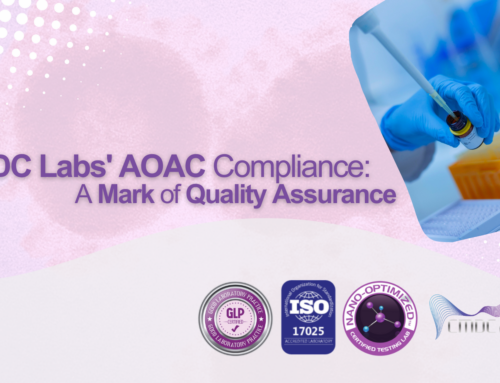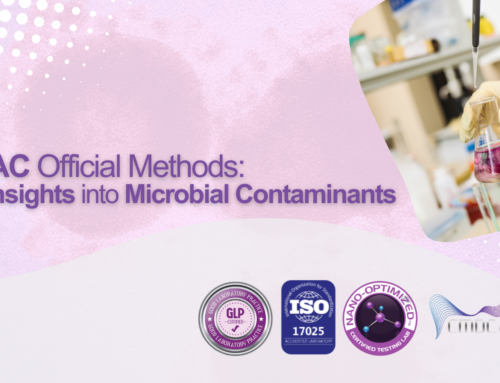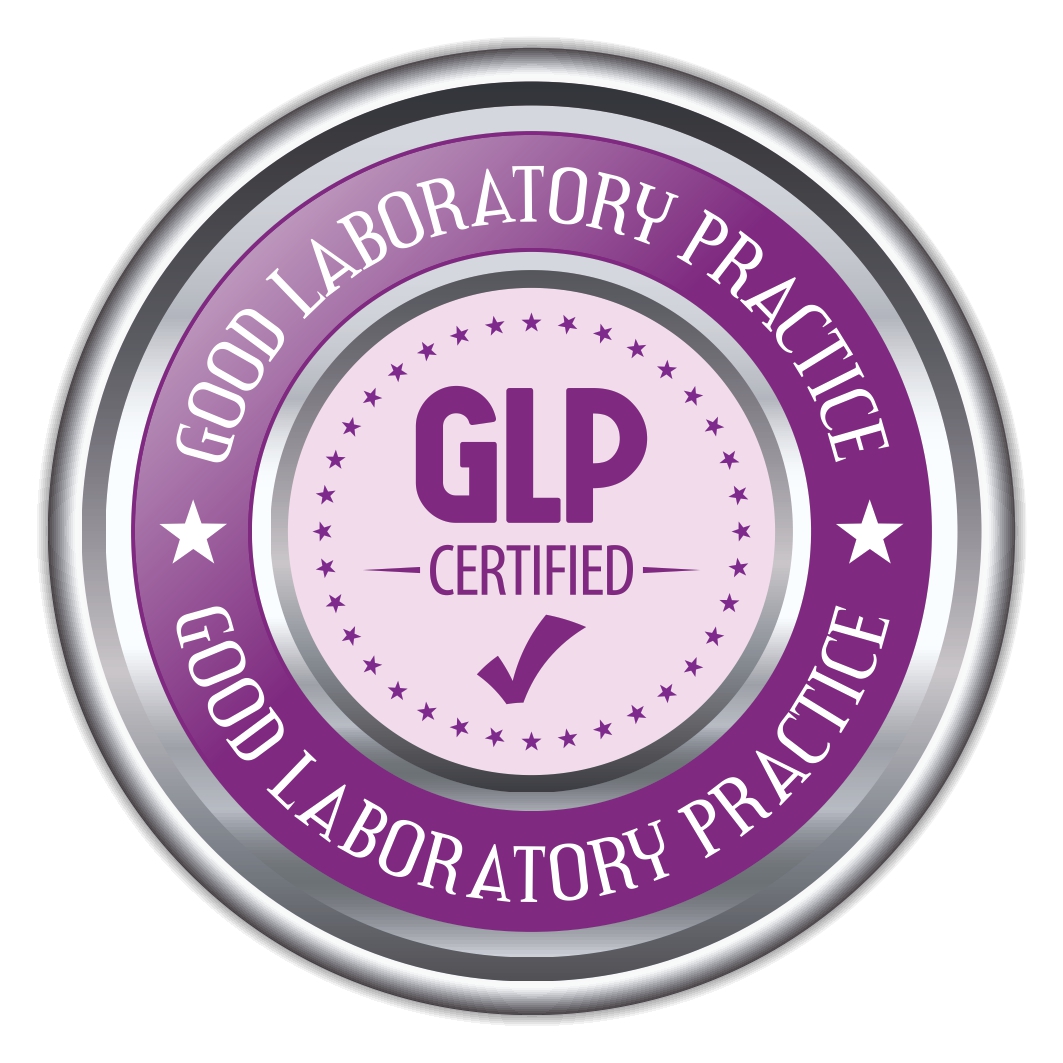Sterility assurance is paramount in the pharmaceutical industry to ensure the safety and efficacy of medicinal products. The United States Pharmacopeia (USP) chapter <71>, also known as the Sterility Test, provides guidelines and standards for assessing the sterility of pharmaceutical products. Compliance with USP<71> is essential for pharmaceutical manufacturers to meet regulatory requirements and maintain product quality. In this article, we will delve into the significance of USP<71> compliance and explore the key aspects of achieving sterility in pharmaceutical products.
Understanding USP<71>: USP<71> outlines the procedures and acceptance criteria for conducting sterility tests on pharmaceutical preparations. The chapter defines sterility as the absence of viable microorganisms and provides guidelines for testing various types of pharmaceutical products, including injectable drugs, ophthalmic solutions, and medical devices.
Key Components of USP<71> Compliance:
- Test Methodology: USP<71> specifies two primary methods for sterility testing: membrane filtration and direct inoculation. Pharmaceutical manufacturers must select the appropriate method based on the nature of the product and its compatibility with the testing procedure.
- Validation and Qualification: Validation of the sterility test method is essential to demonstrate its effectiveness and reliability. Manufacturers must conduct method validation studies to ensure that the test method can accurately detect microbial contamination.
- Sample Preparation: Proper sample preparation is crucial for ensuring accurate test results. Samples should be collected aseptically and handled with care to prevent microbial contamination during transportation and storage.
- Incubation and Examination: Following sample inoculation, incubation conditions must be carefully controlled to promote microbial growth. After the specified incubation period, samples are examined for evidence of microbial growth using suitable detection methods.
- Interpretation of Results: Interpretation of sterility test results requires careful consideration of various factors, including the number of samples tested, the type of product, and the presence of antimicrobial agents. Any microbial growth detected in the test samples must be thoroughly investigated to determine its significance.
Benefits of USP<71> Compliance: Compliance with USP<71> offers several benefits for pharmaceutical manufacturers, including:
- Assurance of product quality and safety
- Compliance with regulatory requirements
- Protection of public health
- Enhanced reputation and credibility in the pharmaceutical industry
Challenges and Considerations: While USP<71> provides valuable guidance for sterility testing, pharmaceutical manufacturers may encounter challenges in achieving compliance. These challenges may include variability in test results, complex sample matrices, and the need for specialized equipment and expertise. It is essential for manufacturers to stay updated on changes to USP<71> and invest in ongoing training and quality assurance measures to address these challenges effectively.
Conclusion: USP<71> compliance is essential for pharmaceutical manufacturers seeking to ensure the sterility of their products. By adhering to the guidelines outlined in USP<71> and implementing robust sterility testing protocols, manufacturers can uphold the highest standards of product quality and safety. CMDC Labs is committed to supporting pharmaceutical companies in achieving USP<71> compliance through comprehensive testing services and expert guidance. Contact us today to learn more about our sterility testing solutions and how we can help you maintain regulatory compliance and safeguard public health.







